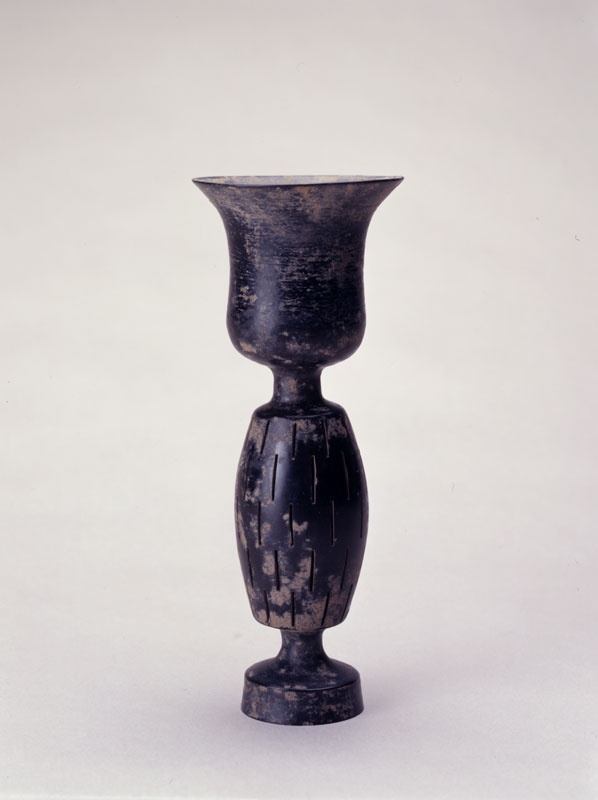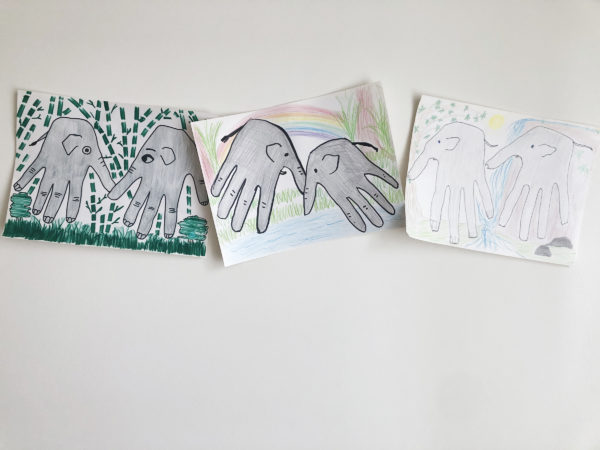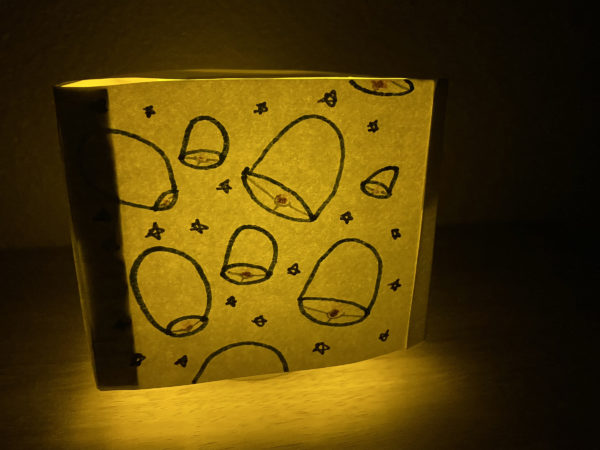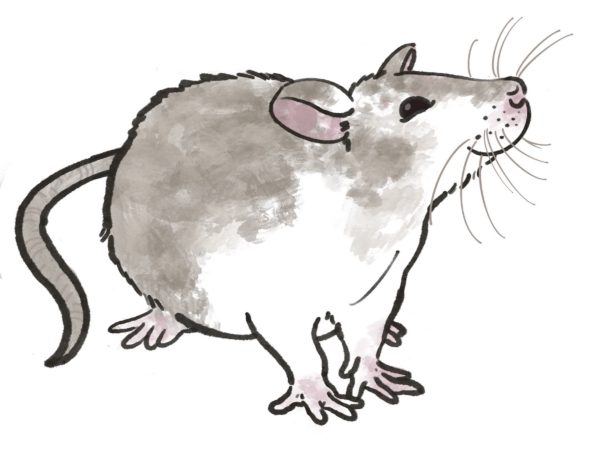The region bordering the Yellow River, which runs more than 3,400 miles from the Himalayan Mountains to the Pacific Ocean, has long been considered the cradle of Chinese civilization. These vast, fertile plains encouraged the rise of agriculture and the development of neolithic cultures (New Stone Age, roughly 6000-2000 BCE). Archeological discoveries made over the past few decades have revealed that early societies also flourished to the south, along the Yangzi River, as well as sites in the far northeast. These finds indicate that Chinese civilization arose through the gradual blending of several regional cultures.
The name of a culture is usually based on a single site which defines a distinct cultural group. For example, Yangshao is based on a village in Henan close to a site excavated first in 1921, even though the term can be applied to a vast area. Similarly, Longshan cultures are named after a single village in Shandong province, even though a variety of Longshan cultures exist across China in the later Neolithic period. The names given to these groups are of course modern appelations, and we do not know what the original peoples called themselves until we reach the historical period.
Ceramic vessels and jade objects found in late neolithic tombs were probably created for people’s use and pleasure not only during their lifetimes but also in the afterlife. The number and quality of objects in larger tombs suggest the existence of cultures with advanced technologies, specialized artisans, and marked class distinctions.







